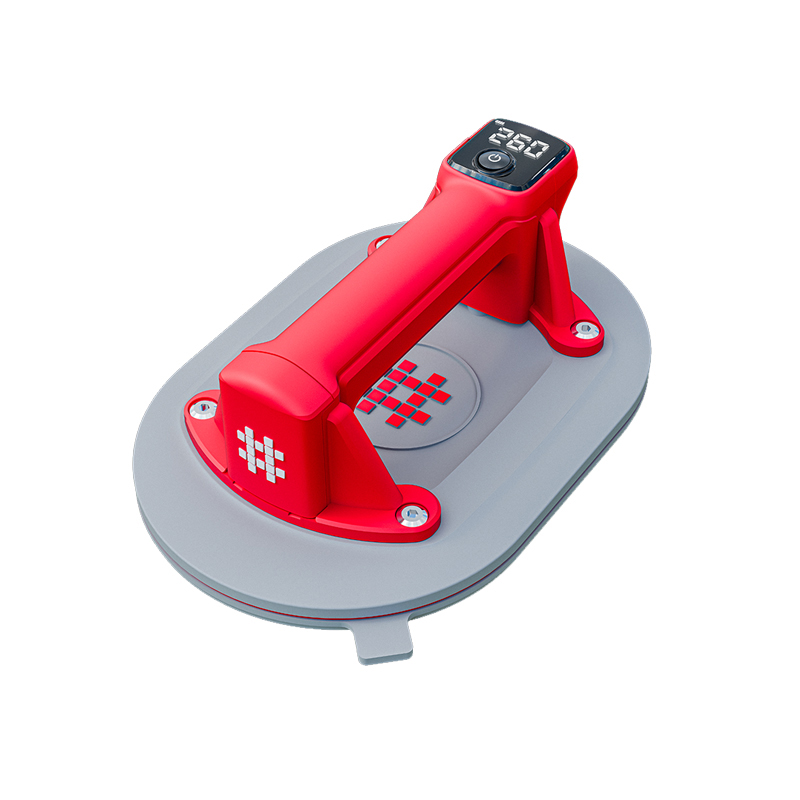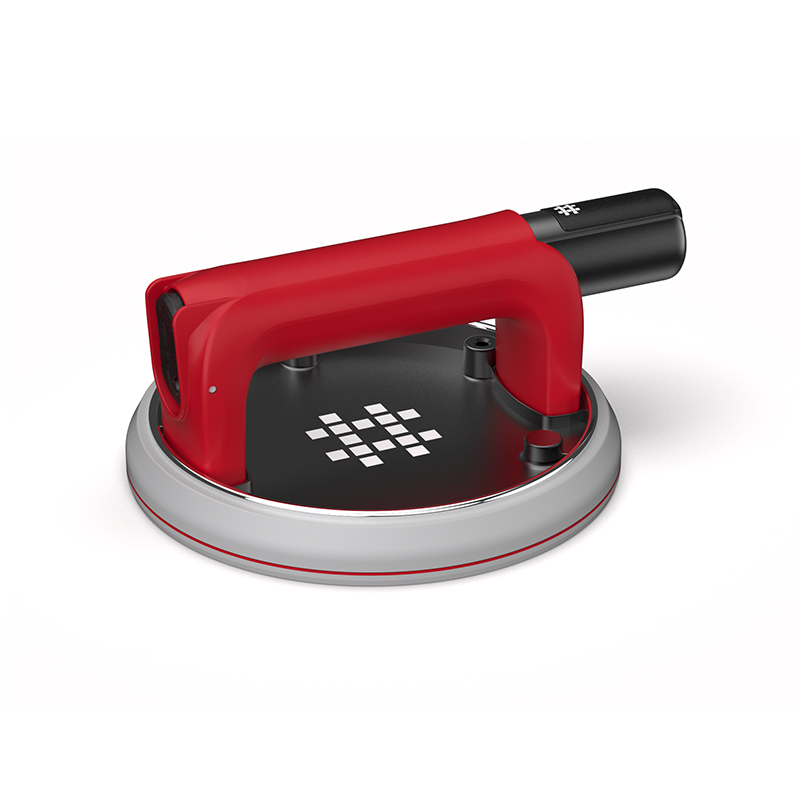You can learn the recent information of Shijing.

Manual tile cutters usually have two types iron base plates and aluminum base plates. When choosing between them for a manual tile cutter, there are a few factors to consider:
(1)Durability: Iron base plates are generally more durable and long-lasting than aluminum base plates. They can withstand more wear and tear over time, making them a good choice for heavy use or for cutting harder materials like porcelain. Aluminum base plates may be more prone to bending or warping if subjected to heavy use.
(2)Weight: Aluminum base plates are much lighter than iron base plates, making them easier to move around and maneuver. This can be an important consideration for users who need to transport the tile cutter to different job sites, or for those who need to work in tight or awkward spaces.
(3)Cost: Generally speaking, manual tile cutters with aluminum base plates are less expensive than those with iron base plates. This makes them a good choice for users who are on a budget or who only need to use the tool occasionally.
(4)Cutting capacity: The cutting capacity of a tile cutter is determined by the size of the base plate. Iron base plates are generally available in larger sizes, allowing for the cutting of larger tiles. Aluminum base plates are typically smaller, so they may not be able to handle as large of tiles.
(5)Precision: Iron base plates can provide more precision when cutting tiles, as they are less likely to flex or bend during use. This can result in cleaner, more accurate cuts. Aluminum base plates may not provide the same level of precision, particularly when cutting harder materials.
In conclusion, the choice between an iron base plate and an aluminum base plate will depend on the user's needs and preferences. For heavy use or cutting harder materials, an iron base plate may be a better choice for its durability and precision. For occasional use or lighter cutting, an aluminum base plate may be a more affordable and portable option.
 English
English 中文简体
中文简体 русский
русский Español
Español Deutsch
Deutsch
.jpg)
-1.jpg)


.jpg)

.jpg)
.jpg)



-2.jpg)
.jpg)
-2.jpg)



-5.jpg)








